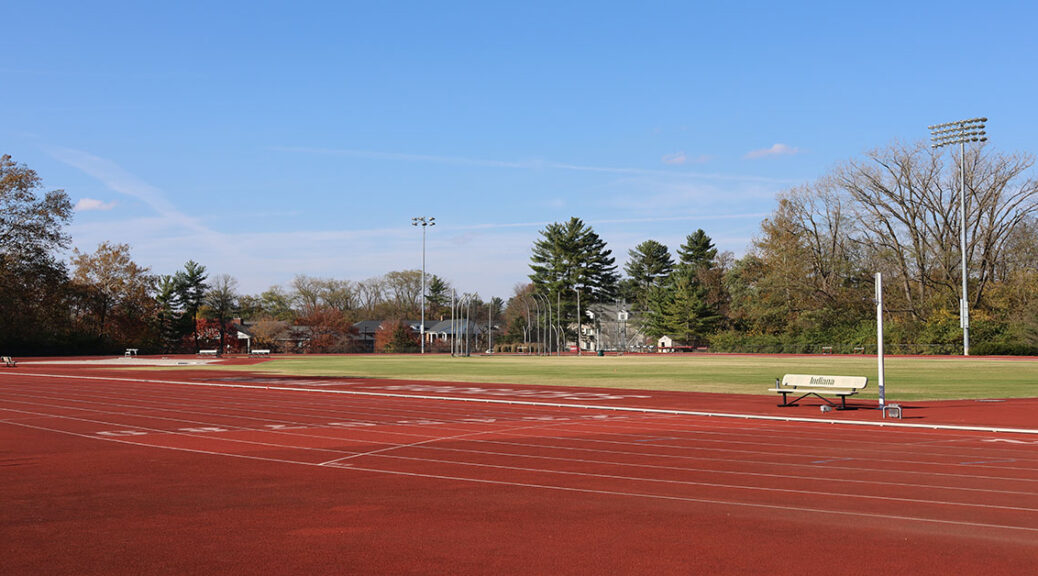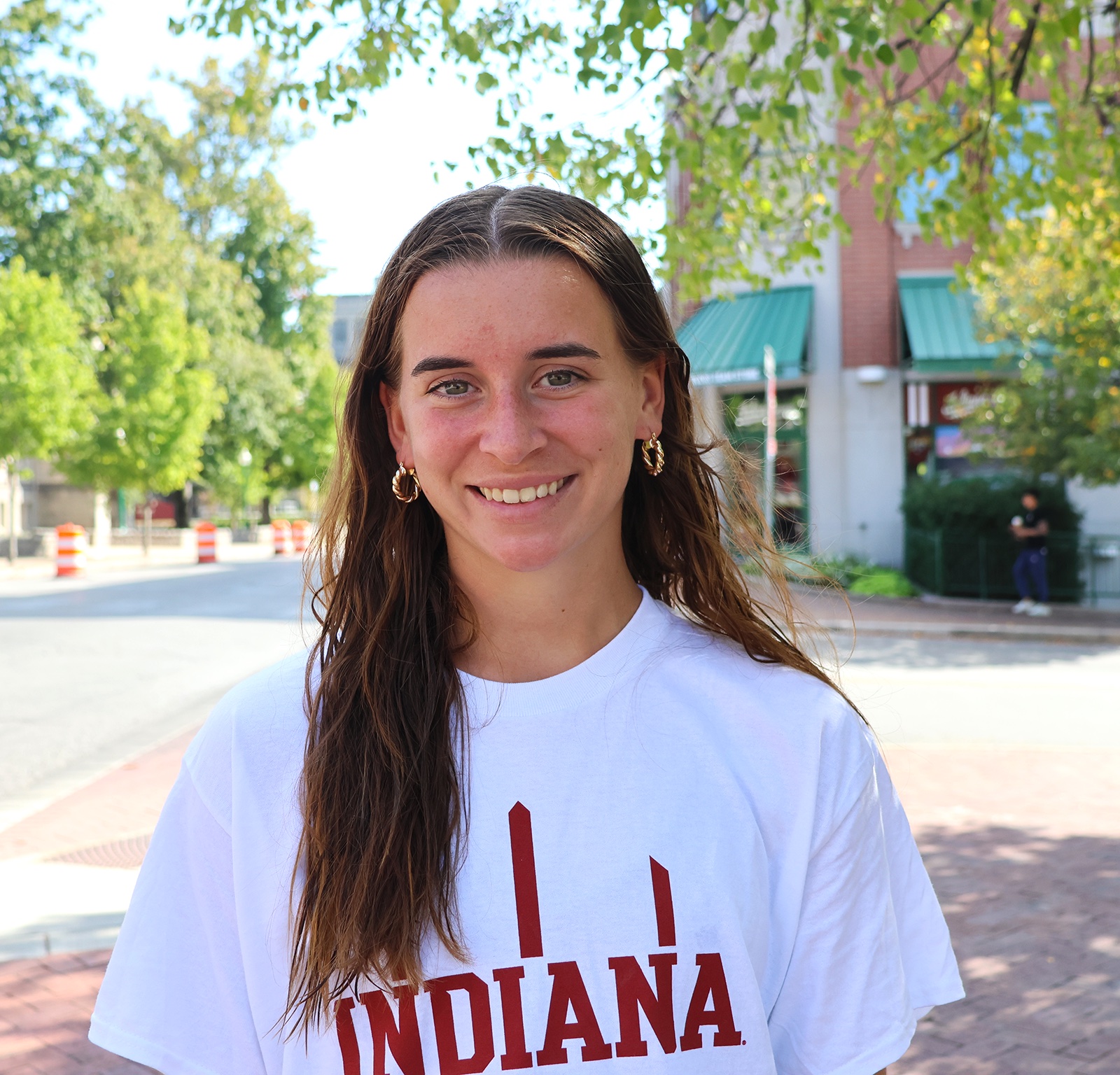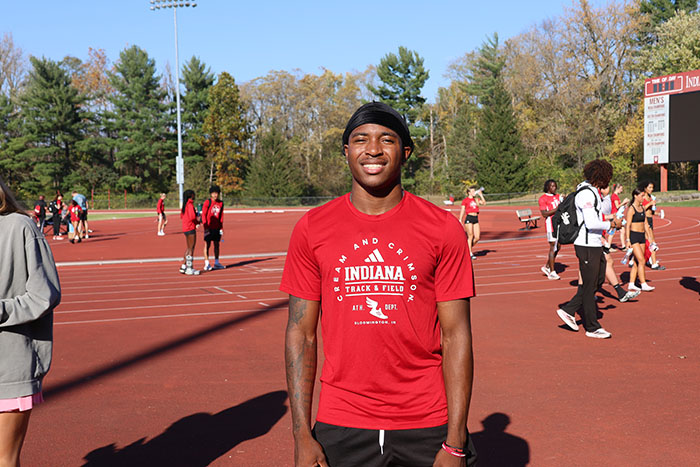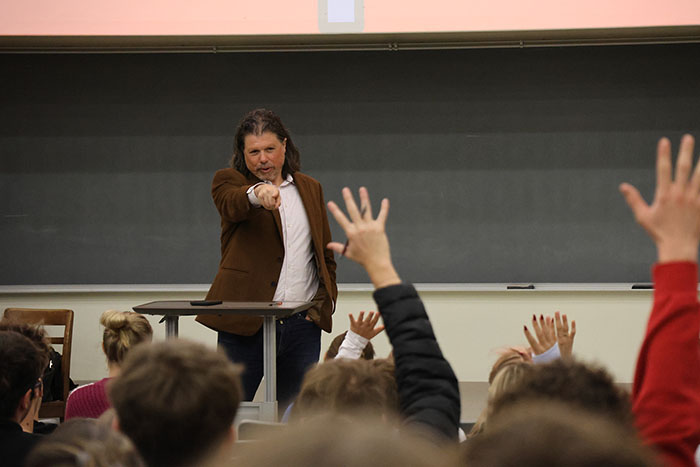
NIL: Beneficial or Detrimental
Writers: Ryan Raimondo, Bailey Hawkesby-Mullins, Katie Stein
Ever since the NCAA had given the privilege of letting college athletes make money based on their Name, Image, and Likeness (NIL), athletes have had the blessing to have some money in their pocket. College athletes have been able to make thousands, even millions of dollars through NIL. But it also has driven athletes to now only look at universities for the money and popularity, distracting them from the importance of loyalty. Athletes also are driving more brand deals in, due to the sport they play, which questions the fairness of NIL. This raises the big question “Is NIL beneficial or detrimental to college athletics?”
In June 2021, The NCAA finally allowed student athletes to benefit financially from NIL, without fear of losing their eligibility and it remains consistent with state laws. NIL has now flooded the internet, with athletes signing wild brand deals from companies like Nike, Adidas, Under Armour and many others. NIL has been able to compensate athletes for all of the hard work they put into balancing both school work and sports, because of all of the sacrifices athletes make. Sacrifices include learning and academic resources, social life, physical and mental toll and others like career limitation and missed opportunities.
An occurring conflict has taken over the NIL scene by constantly questioning whether the NIL is fair across all sports. Often we see athletes, specifically male athletes, being a part of the football and basketball program. Those athletes become more recognizable leaving other sports and athletes without the opportunity to become involved in NIL. However, by using athletes as a part of such programs. Those athletes often attract more lucrative deals among companies as opposed to lesser seen sports such as soccer, track and field, field hockey, and many more.

Women’s soccer player, Mary Kate Sullivan, explains her side on NIL. Mary Kate, involved in NIL, has been able to build connections and use her deals to expand her network. She explains that NIL has been incredibly beneficial to not only herself, but to other athletes. She says “NIL has opened doors for many opportunities”, and goes into detail by emphasizing all of the time and effort athletes put into their sports. Thus leaving little to no time to herself which can put a strain on her physical and mental well being. Mary Kate then goes into saying, “it is definitely beneficial especially for the work athletes put into their sports and they can benefit off of their name”. Mary Kate says that she is being compensated for her strengths by balancing both school and sports, and NIL helps athletes as they are dedicating most, if not, all of athlete’s time to their sports.

Indiana University track sprinter, Dezmone Starks, also had a lot to say about NIL. Dezmone has received many NIL deals from companies like Liquid IV, Amazon Music and Postgame. Starks says, “For me as a student athlete, I run short on money, so when I promote a business, I’m able to get money in my pocket.” Athletes use NIL to provide them wealth as most college kids need a way to make money. He believes no matter the amount to get offered from a brand, it still promotes the athlete and gives them some money that they can use in the future. As a track athlete, Starks doesn’t get the benefits of big brand deals like football and basketball players do, but he understands that football and basketball somewhat “run” universities in a way since they make the most ticket sales, revenue, and popularity on a college campus. Even though he could see NIL turning into a problem in the future, he says “I see more on the beneficial side because money is money and that’s what college athletes want.” Looks like Starks is running on the track and running up his brand deals to collect revenue.

Lastly, Galen Clavio, the Associate Dean for Undergraduate Education, professor, and Director of the National Sports Journalism Center at Indiana University, spoke at a press conference held by Professor Steve Layton during a class lecture. Clavio was able to share his knowledge and perspective on NIL while addressing the history, current policies, and where it is headed in the future. Clavio began by mentioning the changes that NIL has brought to college athletes and said “This is not a case of new rights being granted to college athletes, it is instead, the removal of restrictions that were being imposed by college athletic departments upon College athletes”. This emphasizes the remake of NIL and how recent alterations have opened up new opportunities that can be beneficial for college athletes. However, Clavio then further explained that NIL can also be detrimental to college athletes. Furthermore, he went in depth on how NIL is not always fair to everyone and said ”Whether we want to acknowledge it, the market value of a men’s golf team member is generally going to be significantly less at the college level than it would be for a comparable basketball player or football player. This is simply because of the sheer amount of money through television contracts, ticket sales, and other items that come through basketball and football that don’t come through golf”. This scenario Clavio provided is a prime example of some of the drawbacks to NIL. Not all athletes have the same opportunities to receive NIL deals or payments due to the different circumstances that come with each sport or the level of popularity between each individual athlete. Overall, NIL can be both a positive and negative experience for college athletes and many factors contribute to what an athlete can get out of it.
College Athletes, popular or not, still seek NIL deals that not only make them money, but also gives them the recognition that they deserve and the NCAA is still making changes to make sure that NIL is beneficial and fair to all college athletes.
Even though most college athletes think that NIL is beneficial, the rest of the world may not feel the same way.
###

